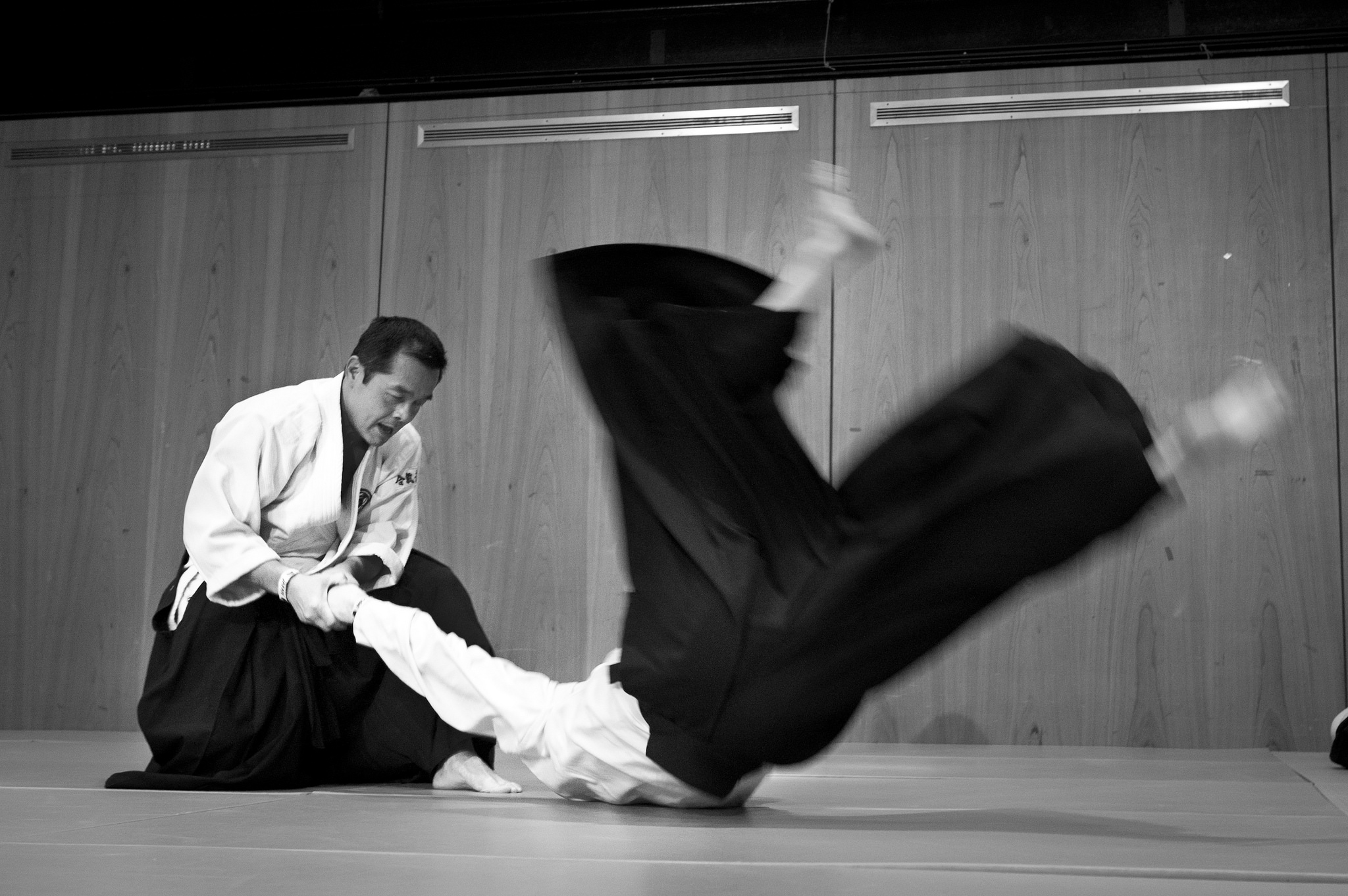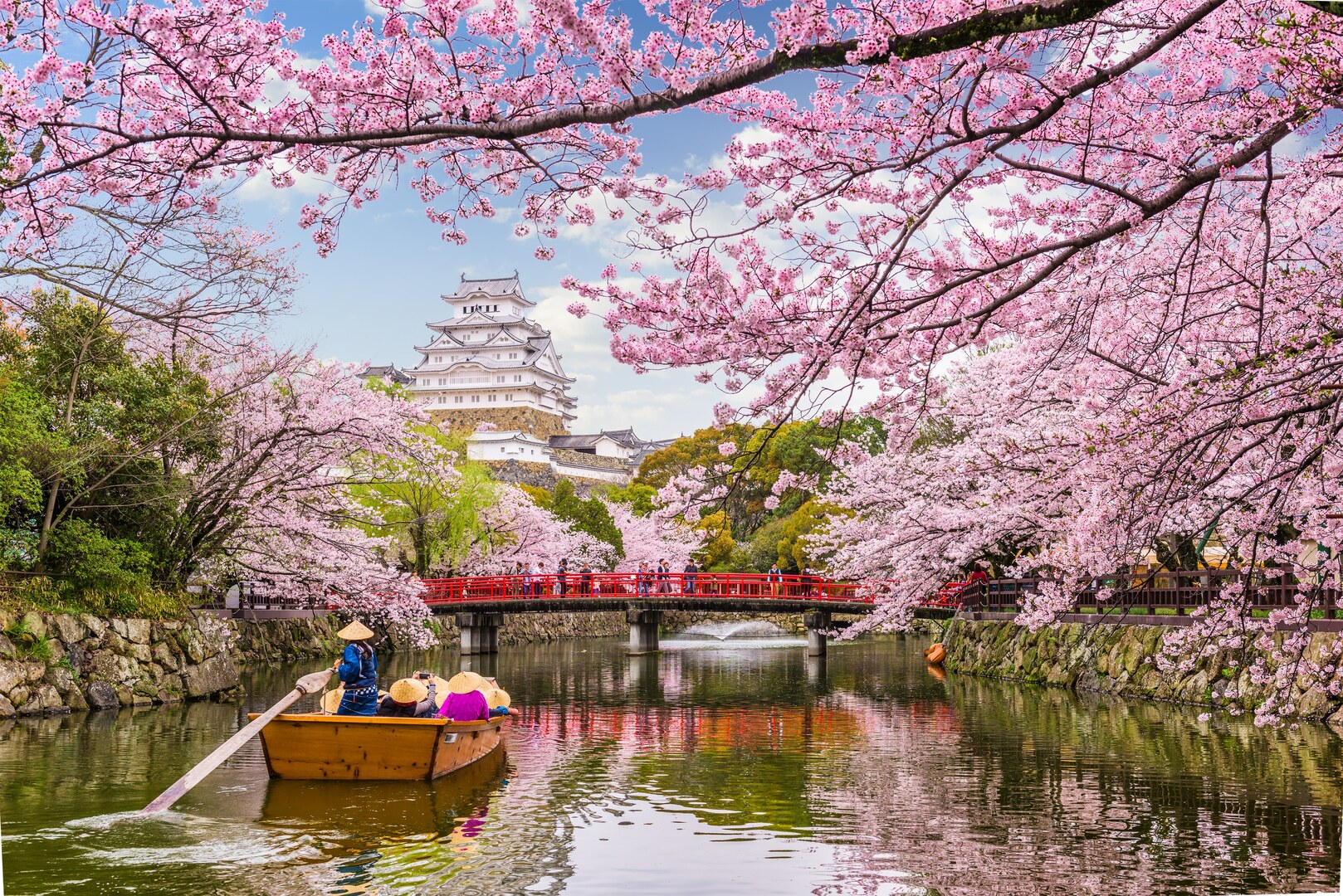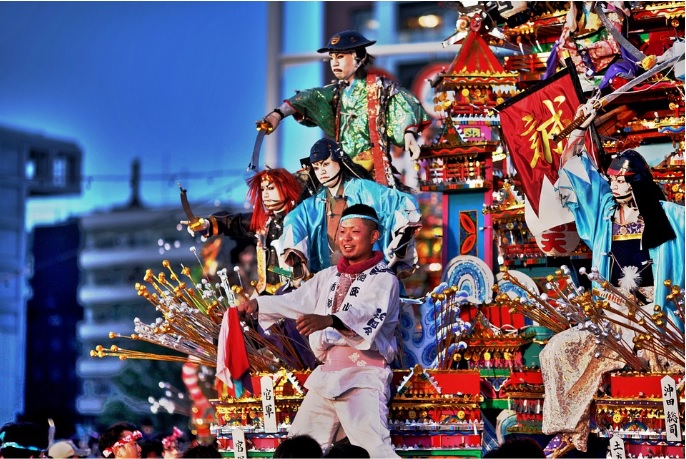
People are now expecting a boxing and aikido fight after the two-time boxing heavyweight champion George Foreman tweeted that he is challenging Steven Seagal in a one on one fight. George Foreman said that he will use boxing while Seagal can use whatever he wants in 10 rounds in Vegas.
Steven Seagal is an Aikido fighter, the first American to operate an Aikido Dojo in the United States. He also holds a 7th dan degree in Aikido.
What could be the result of this industry-changing fight of an attack-oriented sport like boxing versus the attack-steering technique of Aikido?
What do we mean by attack-steering? Let us know more about this so called “peaceful martial art” of Japan.
The Origin of “Peace”
Japan has a variety of martial arts familiar to most people in the world: Kendo, Karate, Judo, Iaido.
Most of the techniques of these martial arts aim to harm the opponent. However, Japan has created one strategy that is different from the rest. Instead of harming the opponent, this form of martial arts uses the opponent’s aggression against them.
Combining the opponent’s power with yours results to more effective, yet a very calm and peaceful technique that Japan called Aikido.
The peaceful approach of Aikido was developed by Morihei Ueshiba during the early twentieth century. The term Aikido was formed from three kanjis: “ai” meaning joining, unifying, combining, fitting; “ki” meaning spirit, energy, mood, or morale; and “do” meaning way or part.
The goal of this Japanese martial art was to defend the lives of the practitioners, while protecting the attackers from injury as well. Ueshiba envisioned Aikido not just as a martial arts training, but also as an expression of his personal philosophy of universal peace and reconciliation.
Because of this, Aikido was referred to as the “Peaceful Martial Art.”
Peaceful Aikido Training
Just like any other martial arts, the training of Aikido requires physical and mental alertness. During the training, beginners will learn how to safely fall or roll. They will also learn the specific techniques for attacking the opponents, which include strikes and grabs, and some defensive skills like throws and pins.
After they learned the basics, the students will learn and study the freestyle defense against multiple opponents, as well as incorporating these techniques with weapons. All of which will test the practitioner’s strength, endurance, and flexibility.
In doing Aikido, Ueshiba once said that, “you must be willing to receive 99% of an opponent’s attack and stare death in the face.” That is why mental training is of optimum importance to aikido practitioners. Students of the martial art engages in different mental trainings such as the ability to relax the mind and body while undergoing a dangerous situation.
The Peaceful Technique
The Aikido technique is referred to as waza, the Japanese term for technique, art, or skill. The techniques are usually defense against an attack, so it is important for the students to learn how to deliver them.
The beginners start learning the grab method, which is safer and will make the learner feel the energy and lines of force easily, compared to a strike. With the grab technique, the learner will simply use the opponent’s weigh and power against himself.
Some of the techniques in grabbing includes the single-hand grab or katate-dori, wherein one hand grabs one wrist of the opponent. The morote-dori is the two-hand grab, wherein the defender uses both hands to grab one wrist. Kata-dori is the shoulder grab while mune-dori is the chest grab wherein the defender grabs the chest or the clothing of the attacker.
The Aikido basic strike techniques seem to be just minor attacks but when executed properly, can cause severe damage to the opponent. There is a strike that attacks the opponent’s bridge of the nose and the maxillary sinus. The side-of-the-head strike is a diagonal knife hand attack on the side of the neck or head. The chest trust is a punch towards the torso. These techniques are usually taught to the upper level practitioners.
Also, even though the martial art is for peace, there are also techniques incorporating some weapons, like the katana or the Japanese sword.
Aikido’s Uniform and Ranking of Peace
You can determine the rank of an Aikido practitioner by the color of its belt. There are only two belt colors for each rank, the white belt for “kyu” or the lowest rank, and the black belt for “dan” or the highest rank.
For them to achieve these belts, the practitioners need to engage into a series of “grades” for the white belt, followed by a series of “degrees” for the black belt. However, the practitioners can only obtain the dan rank when they reach the age of 16 and older.
Their uniform is similar to the uniforms used in other martial arts training: a hakama, or a traditional Japanese battlewear, and a wrap-around jacket with shorter sleeves just below the elbow.
The Aikido serves as a proof that people can still do martial art without seriously harming the attackers. But whatever what kind of martial arts you use, it is discipline that really matters at the end.
Banner Photo by HoangP. Licensed under Creative Commons.
Sources:





